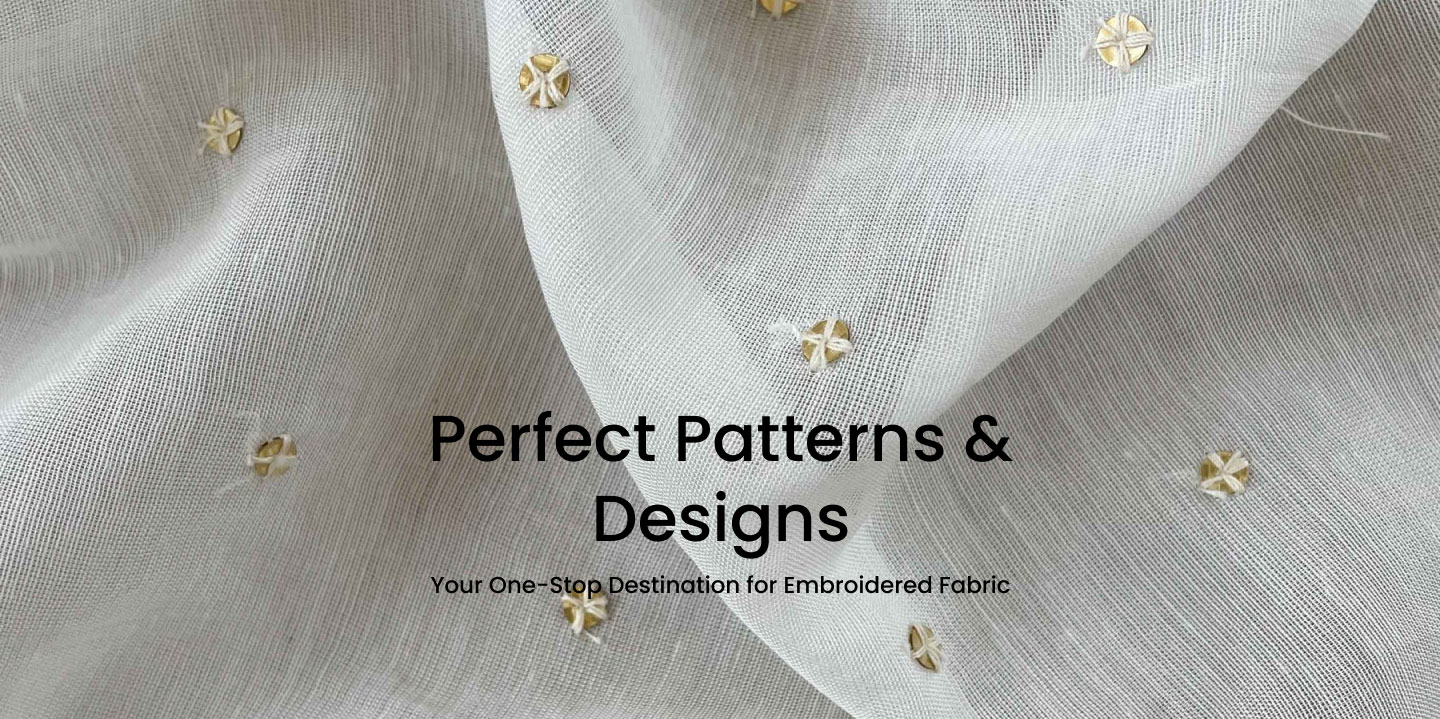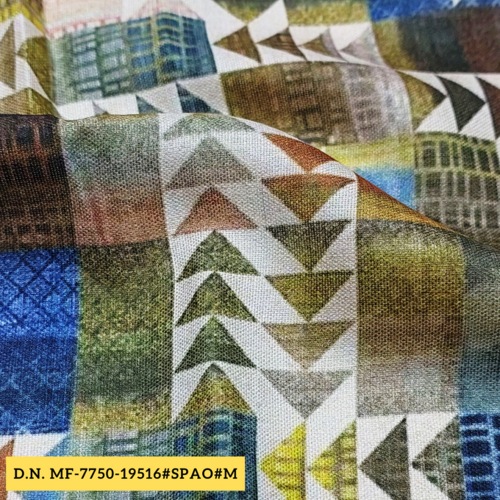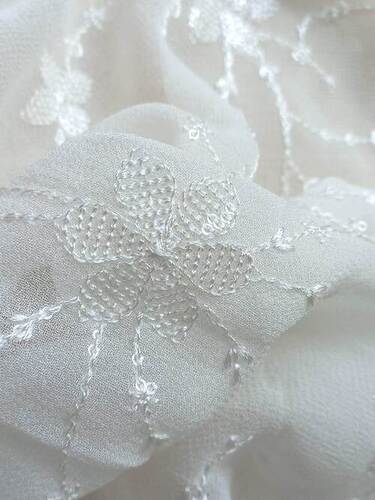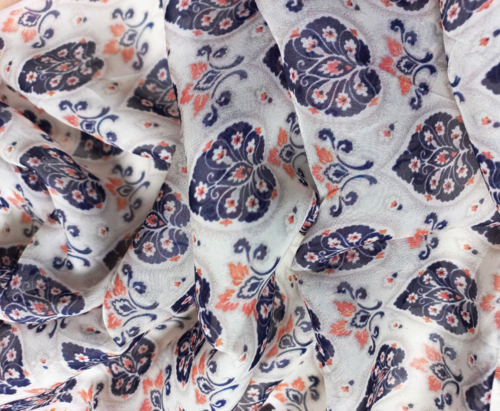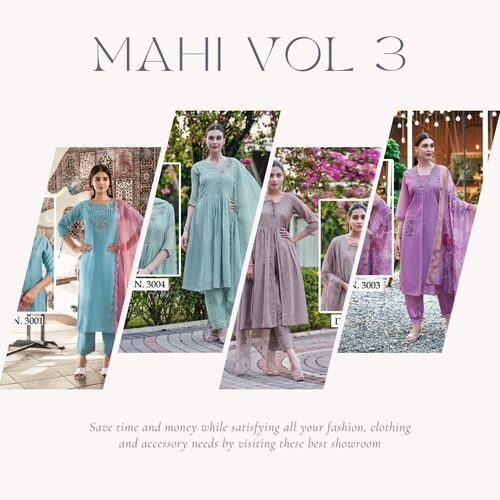
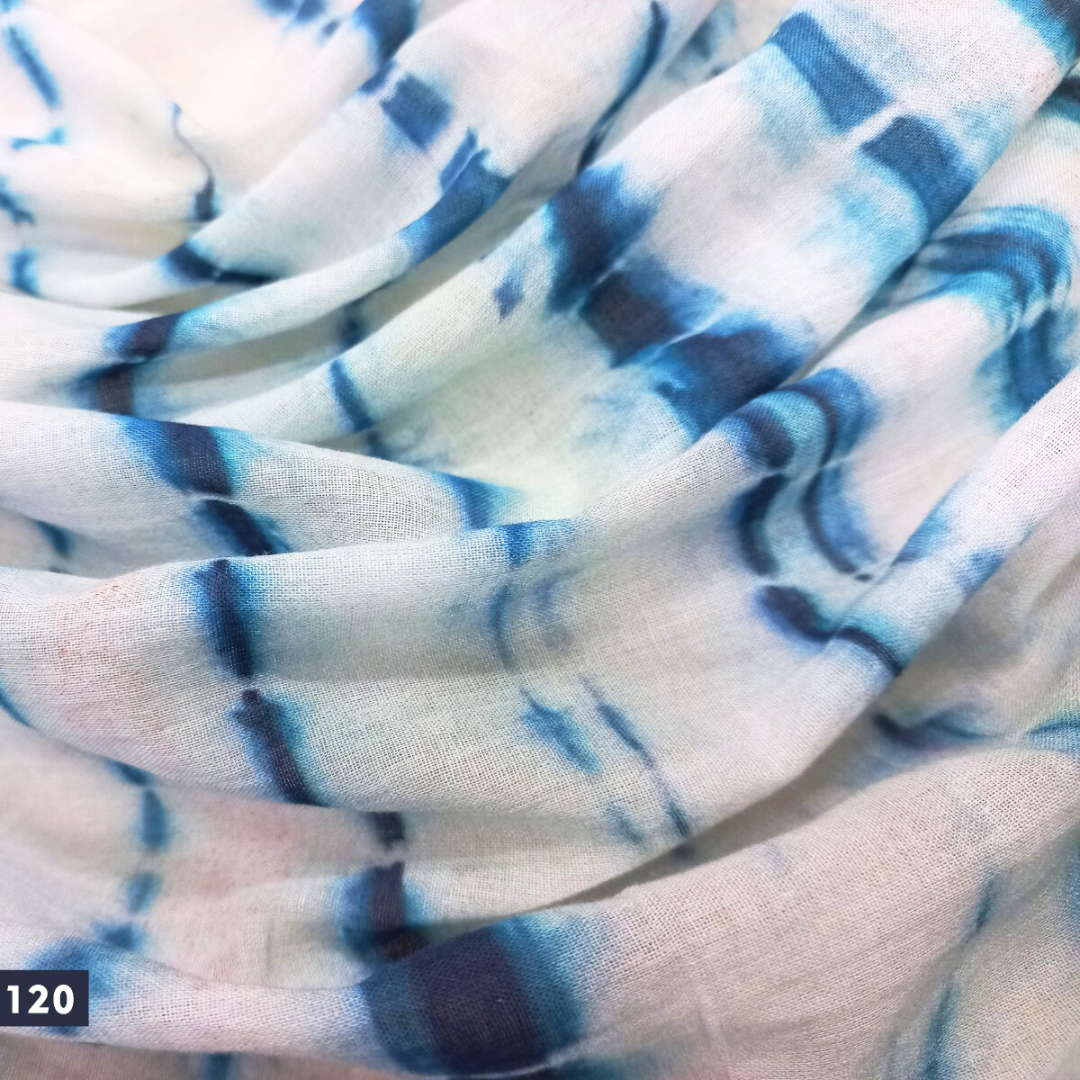
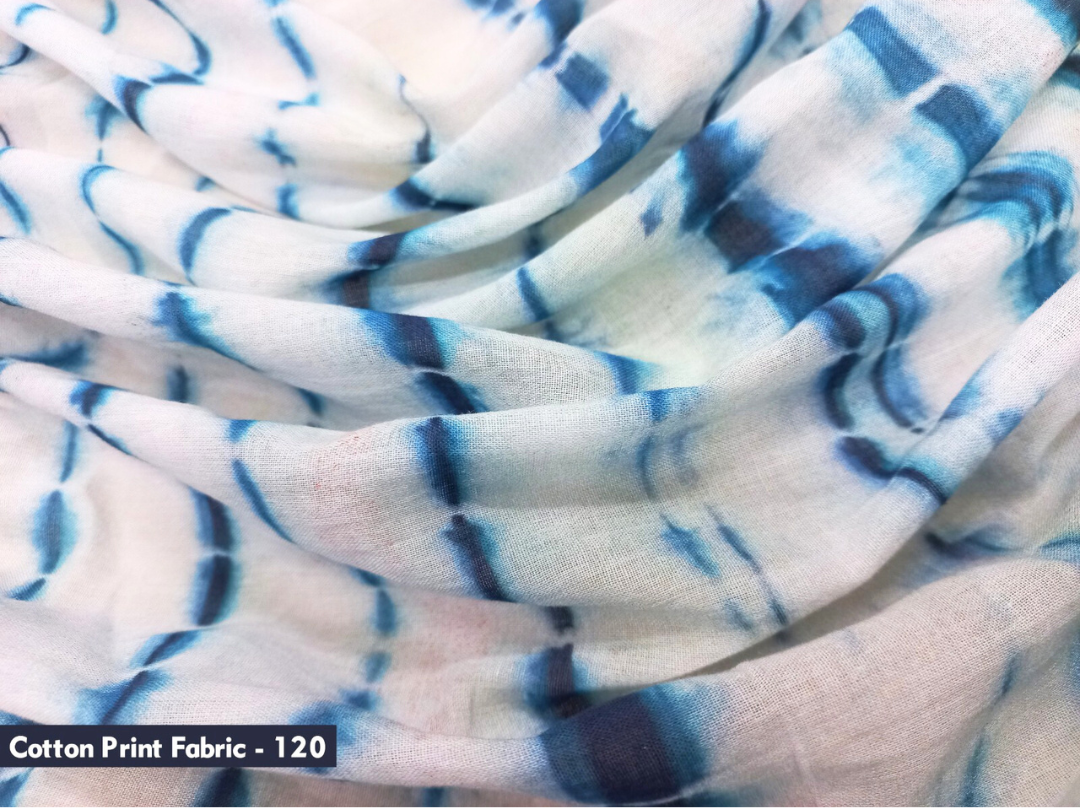
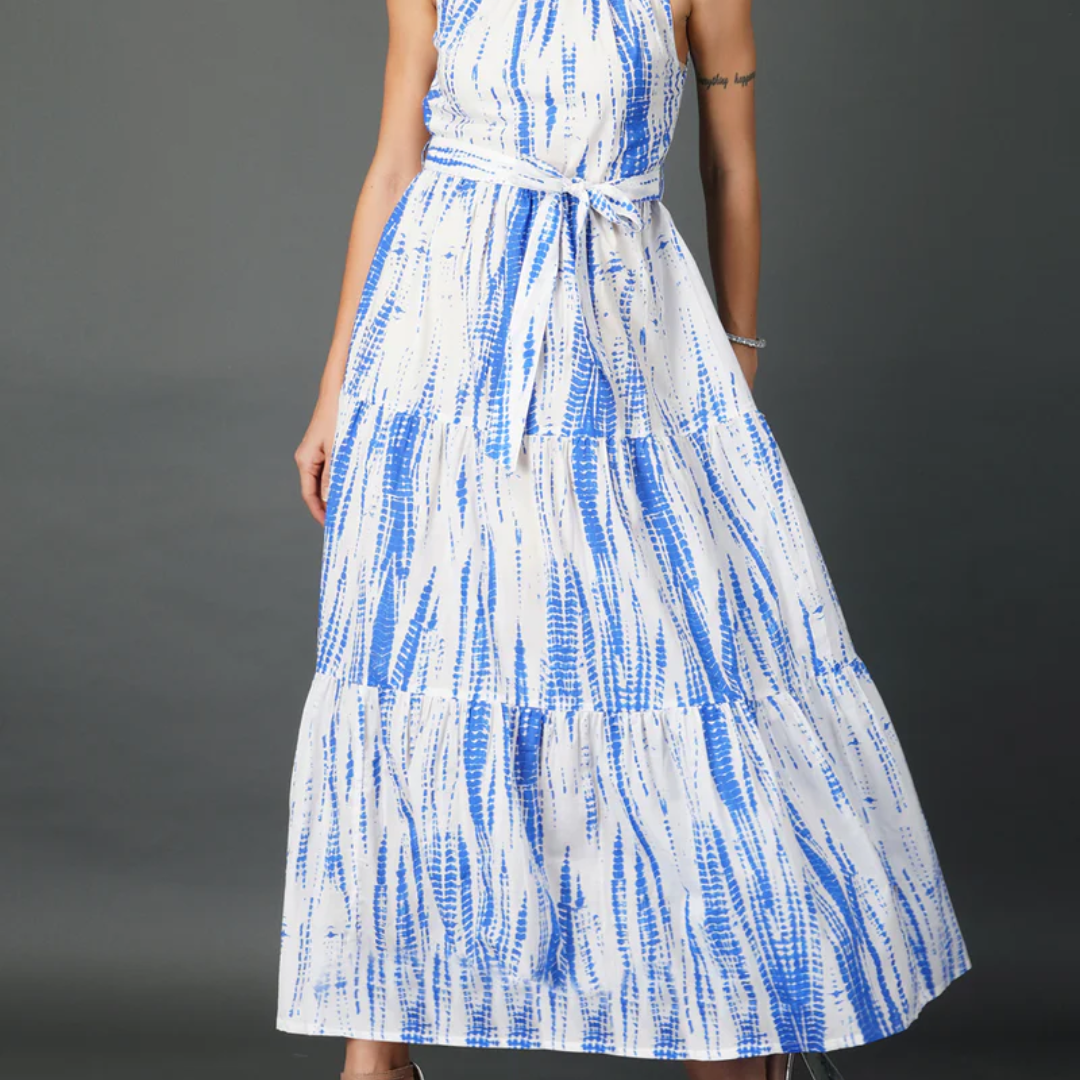
Cotton Digital Shibori Print fabric
Product Details:
- Material Cotton
- Character Printed
- Style Other Style
- Width 44 Inch (in)
- Attributes Comfortable & Soft
- Color Multicolor
- Pattern Printed
- Click to view more
Cotton Digital Shibori Print fabric Price And Quantity
- 197 INR/Meter
- 25 Meter
- 188.00 - 197.00 INR/Meter
Cotton Digital Shibori Print fabric Product Specifications
- Comfortable & Soft
- Printed
- Suit & Kurti Blouses & Tops Dupatta Lehanga Saree
- Other Style
- 44 Inch (in)
- Cotton
- Printed
- Multicolor
Cotton Digital Shibori Print fabric Trade Information
- Mumbai
- Paypal Cash Against Delivery (CAD) Cash on Delivery (COD) Cash Advance (CA) Cash in Advance (CID) Cheque Days after Acceptance (DA) Delivery Point (DP) Letter of Credit at Sight (Sight L/C) Telegraphic Transfer (T/T) Western Union Letter of Credit (L/C)
- 1000 Meter Per Day
- 15 Days
- Yes
- Free samples are available
- Standered packing
- Asia Australia Central America North America South America Eastern Europe Western Europe Middle East Africa
- All India South India Central India West India North India East India Gujarat Karnataka Kerala Lakshadweep Mizoram Meghalaya Manipur Andhra Pradesh Bihar Chandigarh Daman and Diu Goa Jharkhand Odisha Punjab Assam Delhi Dadra and Nagar Haveli Andaman and Nicobar Islands Arunachal Pradesh Chhattisgarh Haryana Himachal Pradesh Jammu and Kashmir Madhya Pradesh Maharashtra Nagaland Rajasthan Sikkim Tamil Nadu Telangana Tripura Pondicherry Uttar Pradesh Uttarakhand West Bengal
- ISO Certified
Product Description
Shibori, a quintessential Japanese art form, has captivated the world with its intricate patterns and exquisite craftsmanship.
Rooted in centuries-old traditions, Shibori is a manual resist dyeing technique that yields mesmerizing designs on fabric.
Buy Blue Color Shibori Printed fabric
From its origins in ancient Japan to its modern-day resurgence, Shibori continues to enchant artisans and enthusiasts alike with its timeless appeal.
Understanding Shibori: Shibori, derived from the Japanese word "shiboru, meaning to wring, squeeze, or press, involves the manipulation of fabric before dyeing to create patterns.
Artisans employ various methods such as folding, twisting, stitching, or binding to resist the dye, resulting in a range of captivating motifs.
The Six Main Types of Shibori:
- Kanoko Shibori (Bind and Resist): Kanoko Shibori, also known as the "tie-dye technique, involves binding sections of fabric with thread before dyeing. By tightly wrapping these bound areas, artisans create distinctive circular or organic patterns reminiscent of the pebble-like motifs found in nature.
- Miura Shibori (Looped Binding): Miura Shibori employs a looping and binding method to produce intricate designs. Artisans use a hooked needle to gather and bind sections of fabric, resulting in mesmerizing geometric patterns with a sense of fluidity and movement.
- Kumo Shibori (Pleat and Bind): Kumo Shibori, or "spiderweb Shibori, entails the meticulous pleating and binding of fabric to achieve intricate, spiderweb-like patterns. By strategically manipulating the folds and tensions, artisans create captivating designs reminiscent of delicate lace or intricate netting.
- Arashi Shibori (Pole Wrapping): Arashi Shibori, translating to "storm Shibori, involves wrapping fabric around a pole diagonally before dyeing. By compressing the fabric and applying dye in a diagonal manner, artisans create dynamic patterns reminiscent of rainfall or wind-blown fabric.
- Nui Shibori (Stitched Shibori): Nui Shibori utilizes stitching techniques to create resist patterns on fabric. Artisans employ various stitching methods such as running stitch, backstitch, or chain stitch to shape intricate designs. Once dyed and the threads removed, the stitched areas reveal captivating patterns with a sense of movement and texture.
- Itajime Shibori (Fold and Clamp): Itajime Shibori, or "board-clamped Shibori, involves folding fabric and sandwiching it between wooden or metal boards before dyeing. The pressure exerted by the boards creates distinctive geometric patterns characterized by crisp lines and symmetrical motifs.
The Enduring Legacy of Shibori: From its humble beginnings in ancient Japan to its modern-day applications in fashion and design, Shibori continues to inspire creativity and innovation across cultures.
Its timeless allure lies in its meticulous craftsmanship, rich history, and endless possibilities for artistic expression.
As we delve deeper into the world of Shibori, we uncover not just a fabric dyeing technique, but a profound reflection of Japanese aesthetics, ingenuity, and cultural heritage.
Whether adorning traditional kimonos, contemporary garments, or stylish home textiles, Shibori remains an enduring symbol of craftsmanship and beauty, transcending time and borders.

Price:
- 50
- 100
- 200
- 250
- 500
- 1000+

